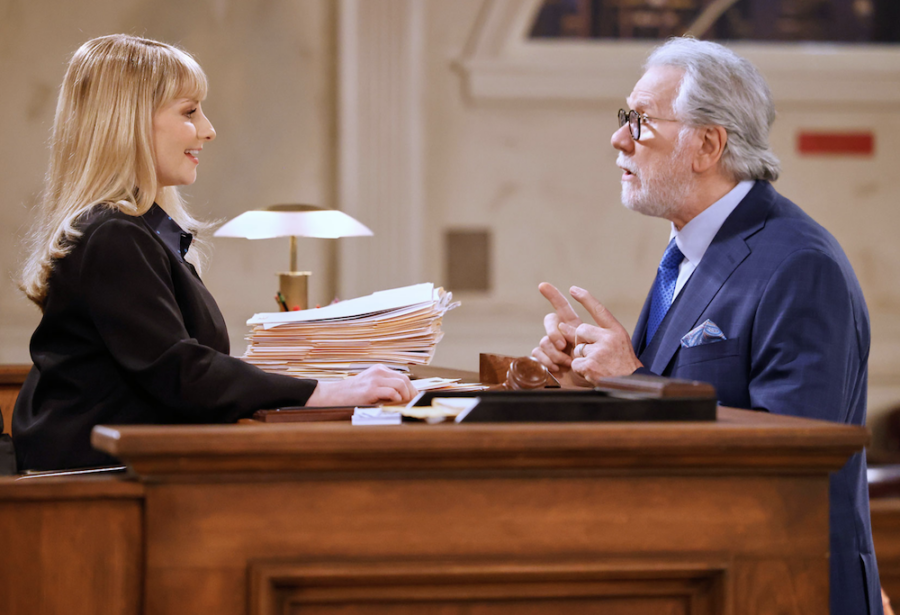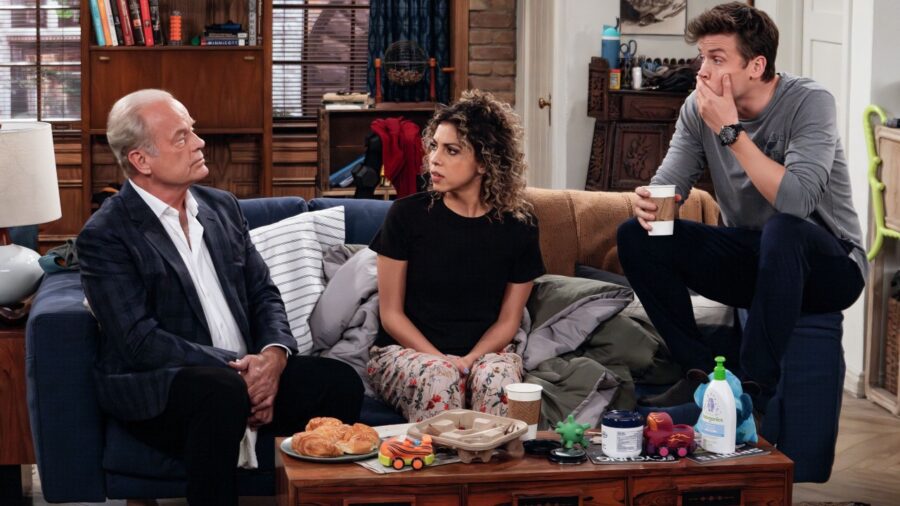TV Revivals Keep Getting Canceled

On paper, the modern Hollywood fascination with TV revivals makes plenty of sense…why roll the dice on a brand new IP when you can simply revive one that has already proven to be a smash hit? If the actors involved are lucky, such endeavors can also help to “revive” careers that may have suffered in the years since their original television heyday. But according to The Hollywood Reporter, these revivals aren’t as successful as we might think: for every revival, the “average life span is three seasons, while their originals averaged eight-year runs.”
Networks and streaming services keep pushing new tv revivials, like the recent Frasier release, that last only a fraction as long as the original.
What are some of the TV revivals in question? A perfect example is the pioneering queer comedy Will & Grace, whose original run lasted exactly eight seasons and whose revival lasted exactly three seasons. There are some more extreme outliers in both directions: for example, the Murphy Brown revival lasted only one season after the original show ran for 10 seasons, and the revival Raven’s Home has lasted six seasons and counting compared to the original That’s So Raven’s four seasons.
TV revivals fail for multiple reasons, for example, The Murphy Brown Show entered a very different political climate than the original, while Mad About You was on a service almost no one uses.
There are many potential reasons for most television revivals not lasting as long as the original shows. For example, Star Trek: Picard lasted only three seasons compared to Star Trek: The Next Generation’s seven seasons, but Paramount was planning on making the revival only three seasons from the very beginning. This was mostly in deference to Patrick Stewart’s advanced age: the acting legend was 82 when the final episode of Picard aired, and he’s understandably uninterested in spending any more time reviving his famous character than he already has.

In most cases, the TV revivals are cut short because the new shows fail to recapture the old magic. This is especially true of revivals that only bring back a handful of characters: the Night Court revival, for example, had to situate John Laroquette as its main character for the grim reason that so many of the original cast members are now dead. Meanwhile, the recent Frasier reboot has brought back only Kelsey Grammer despite most of the original cast still being alive, and the show’s critical reception has suffered simply because very few people want an ensemble comedy based around the Frasier character when the ensemble is completely different.
While these modern TV revivals remain a major crapshoot, we doubt that streamers such as Netflix are going to stop releasing them anytime soon because they help drive up subscriptions.
Other times, it seems like these TV revivals succeed or fail based on how much crossover appeal they have between generations. Fuller House is perhaps the best example of this: the notable absence of the Olsen Twins and the tragic death of Bob Saget means that the new show will never be exactly the same as Full House. Nonetheless, this show manages to appeal to enough new viewers that, combined with nostalgic older viewers, it became a genuine streaming phenomenon.
While these modern TV revivals remain a major crapshoot, we doubt that streamers such as Netflix are going to stop releasing them anytime soon because they help drive up subscriptions. For Netflix, failed revivals like Arrested Development are barely a blip on the radar compared to the runaway success of Fuller House. So when it comes to revivals, we think streamers will echo those absent Olsens and continue saying “you got it, dude” to nearly every revival in the hopes of finding a few more that manage to stick.











